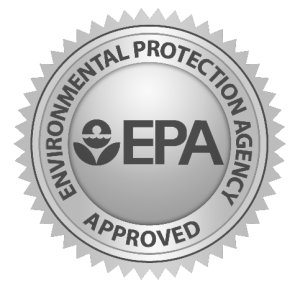
The EPA has established minimum training requirements for designated Class A, Class B, and Class C operators. All UST Operators must be trained by October 13, 2018. After this date, new Class A and Class B UST operators must be trained within 30 days of assuming duties. Class C operators must be trained before assuming duties.
Class C operators – Each designated Class C operator must either: be trained by a Class A or Class B operator; complete a training program; or pass a comparable examination. The training option chosen must teach or evaluate the Class C operator’s knowledge to take appropriate actions (including notifying appropriate authorities) in response to emergencies or alarms caused by spills or releases resulting from the operation of the UST system.
UST Operator Class C Course Outline
The following topics are covered in the UST A/B Operator course:
- Chapter 1: Facility Overview
This chapter provides a basic overview of the primary components of a typical UST facility. These components include the USTs, manways, spill buckets, fuel dispensers, and dispenser nozzles. - Chapter 2: Monitoring
This chapter emphasizes the components used to monitor a UST facility. Students will learn what an Automatic Tank Gauge (ATG) is and does, how to interpret its alarms and warnings, and what to do in case of an alarm. The role of line leak detectors is also discussed. - Chapter 3: Environmental
In this chapter, students learn about sensitive receptors, or places where a fuel spill may leave the facility and enter the environment. The chapter also introduces students to the spill kit and its contents, and how to use spill kit components to contain spills threatening sensitive receptors like curb breaks and drains. - Chapter 4: Fueling Rules
The focus of this chapter is fuel delivery safety. Students will watch a short video on proper fueling procedures. Students also learn about hazards at the fueling point, including smoking, static electricity, leaving a vehicle unattended while fueling, and leaving a vehicle running while fueling. - Chapter 5: Delivery Procedures
This chapter teaches the student how to supervise a fuel delivery and monitor for problems during a fuel delivery. Additional emphasis is placed on the ATG and on overfill prevention devices like overfill prevention valves and ball float valves. Delivery prohibitions are also addressed. - Chapter 6: Safety
This chapter covers safety information every Class C Operator needs to respond to emergencies. Included here is a video explaining when and how to use a fire extinguisher. The Emergency Stop and All Stop buttons are identified and discussed. - Chapter 7: Emergency Situations
This chapter discusses common emergency situations and proper responses to them, including what to do if a vehicle leaves the facility with the nozzle still in the vehicle’s fuel spout. Managing customer traffic in the event of a spill is also covered. Correct fire extinguisher operation is reviewed. - Chapter 8: Final Checklist
Review and complete the checklist to complete your training
UST Course Completion Certificate
Print a copy of your completion certificate for your employer and records. You may also login and reprint your certificate at any time.
